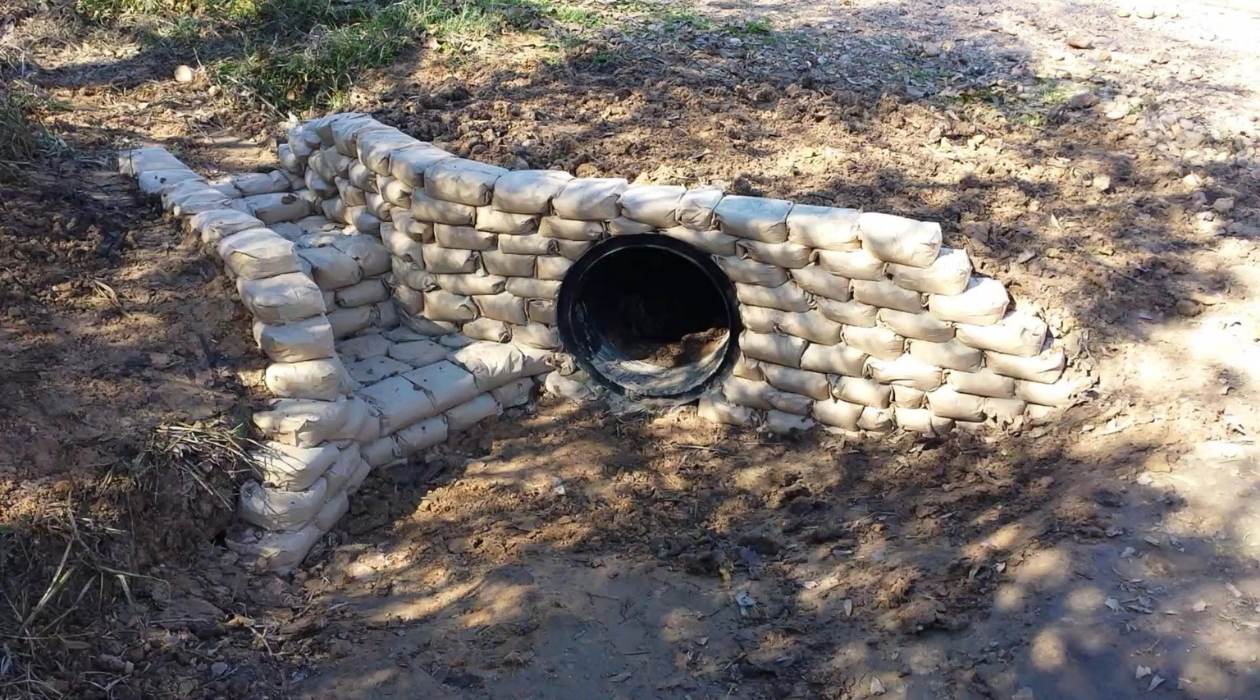

Articles
How To Clean Out A Driveway Culvert
Modified: May 6, 2024
Learn the best methods to clean out the culvert under your driveway with these informative articles. Ensure proper drainage and prevent costly damage.
(Many of the links in this article redirect to a specific reviewed product. Your purchase of these products through affiliate links helps to generate commission for Storables.com, at no extra cost. Learn more)
Introduction
Having a driveway that is free from any obstacles and blockages is essential for ensuring smooth and safe access to your property. One common issue that homeowners face is the accumulation of debris and sediment in the culvert under their driveway. A culvert is a structure typically made of pipes, concrete, or metal that allows water to flow under the driveway, preventing flooding and erosion.
Understanding the importance of maintaining a clean culvert under your driveway is crucial for several reasons. Firstly, a clogged culvert can result in water build-up, which can lead to damage to the driveway and even your property’s foundation. Secondly, a blocked culvert can cause water to overflow onto the driveway, making it difficult and potentially dangerous to enter or exit your property.
In this article, we will provide you with a comprehensive guide on how to clean out the culvert under your driveway to ensure proper drainage and prevent any potential issues. We will walk you through the necessary tools and materials needed, the step-by-step process to clean the culvert, and preventive measures for future maintenance.
Before we dive into the cleaning process, let us first discuss the tools and materials you will need to have on hand.
Key Takeaways:
- Regularly cleaning the culvert under your driveway is crucial for preventing flooding, maintaining driveway integrity, and promoting safety for everyone accessing your property.
- Implementing preventive measures such as regular inspections, clearing debris, and managing water flow will help maintain a clean culvert and ensure its optimal performance in the future.
Read more: What Is A Culvert Driveway
Understanding Culvert Under Driveway
Before we proceed with the cleaning process, let’s take a moment to understand what a culvert under the driveway is and why it is crucial to maintain a clean culvert.
A culvert under the driveway is a structure that allows water to flow underneath, preventing flooding and erosion. It is typically installed when a driveway is constructed over a waterway or low-lying area to create a passage for water to flow freely. Culverts can be made of various materials such as concrete, metal, or pipes, depending on the specific needs of the driveway and the surrounding environment.
Maintaining a clean culvert is essential for several reasons:
- Preventing Flooding: A culvert acts as a drainage system, allowing water to pass through and preventing it from pooling on the driveway. By keeping the culvert clean, you ensure that water can flow smoothly, reducing the risk of flooding during heavy rainfall or melting snow.
- Maintaining Driveway Integrity: When debris and sediment accumulate in the culvert, they can obstruct the flow of water and cause it to back up. This can result in water seeping into the driveway material, causing erosion, cracks, and structural damage over time. Regularly cleaning the culvert helps to preserve the integrity of the driveway and prolong its lifespan.
- Preventing Property Damage: If water is unable to flow freely through the culvert, it may overflow onto your property, causing damage to the surrounding landscape, plants, and even your home’s foundation. By keeping the culvert clean and ensuring proper drainage, you minimize the risk of water-related damage to your property.
- Promoting Safety: A blocked culvert can create hazardous conditions for both pedestrians and vehicles. Standing water on the driveway can cause slippery surfaces, making it difficult to walk or drive safely. By maintaining a clean culvert, you help to create a safe environment for everyone accessing your property.
Now that we understand the importance of maintaining a clean culvert, let’s move on to the tools and materials you will need to clean out the culvert under your driveway.
Tools and Materials Needed
Before you begin the process of cleaning out the culvert under your driveway, it is important to gather the necessary tools and materials. Here is a list of the equipment you will need:
- Shovel: A sturdy shovel will be essential for removing any debris or sediment blocking the culvert. Opt for a shovel with a long handle to reach deep into the culvert if needed.
- Garden Hose: A garden hose with a high-pressure nozzle attachment will be useful for flushing out the culvert and removing any loose debris.
- Wire Brush: A wire brush can be handy for scrubbing the walls of the culvert to remove any accumulated dirt or grime.
- Rubber Gloves: It is important to protect your hands while working with potentially sharp or dirty materials. Wear rubber gloves to ensure your safety and maintain hygiene.
- Safety Goggles: To protect your eyes from debris or splashing water, wear safety goggles during the cleaning process.
- Protective Clothing: Consider wearing long sleeves, pants, and sturdy footwear to protect yourself from scratches or sharp objects that may be around the culvert.
- Bucket or Wheelbarrow: You may need a container to collect and dispose of the debris that you remove from the culvert. A large bucket or a wheelbarrow can serve this purpose.
- Brush or Broom: A brush or broom can be used to sweep away any loose debris from the driveway surface before and after cleaning the culvert.
It is important to prioritize safety during the cleaning process. Make sure to wear the appropriate safety gear, including gloves, goggles, and appropriate clothing, to protect yourself from any potential hazards.
With the necessary tools and safety gear ready, you are now prepared to move on to the next step: preparing for the cleaning process.
Preparing for the Cleaning Process
Before you start the actual cleaning process, it is important to properly prepare the area and assess the condition of the culvert. Here are two essential steps to take before cleaning out the culvert under your driveway:
Assessing the Culvert Condition: Begin by inspecting the culvert to determine its overall condition. Look for any signs of damage, such as cracks, leaks, or corrosion. If you notice any significant issues, it may be necessary to consult a professional for repairs or replacement. Assessing the culvert’s condition will provide valuable information on what to expect during the cleaning process.
Clearing Any Debris or Obstacles Around the Driveway: Before you can effectively clean the culvert, it is important to remove any debris or obstacles that may hinder the process. Clear away any leaves, branches, or other loose debris from the driveway surface and surrounding area. This allows for easier access to the culvert and prevents additional debris from falling into the culvert during the cleaning process.
As you clear the area, be mindful of any potential hazards or tripping hazards, such as uneven surfaces or loose objects. This will help ensure your safety and make the cleaning process more efficient.
Once you have assessed the culvert’s condition and cleared the area, you are now ready to proceed with the step-by-step guide to clean the culvert under your driveway.
Use a high-pressure water hose or a drain snake to clear out debris and blockages from the culvert under your driveway. Regular maintenance can prevent costly drainage issues.
Step-by-Step Guide to Clean the Culvert
Now that you have prepared the area and assessed the culvert’s condition, follow this step-by-step guide to effectively clean out the culvert under your driveway:
- Identifying the Entry and Exit Points: Begin by locating the entry and exit points of the culvert. These are the points where water enters and exits the culvert. Identify them by looking for openings or grates along the driveway edges or nearby areas. Understanding the flow direction will help you target the cleaning process more efficiently.
- Flushing out the Culvert with Water: Use a high-pressure hose or a pressure washer to flush out the culvert. Start at the entry point and aim the water towards the exit point, allowing it to flow through the culvert. The force of the water will help dislodge loose debris and sediment, pushing them out of the culvert.
- Removing Accumulated Debris and Sediment: After flushing out the culvert, use a shovel or your hands (with protective gloves) to remove any larger debris or sediment that may have accumulated near the entry or exit points. Be cautious while removing the debris to avoid damaging the culvert walls.
- Scrubbing or Brushing the Culvert Walls: If there is any stubborn dirt, grime, or plant roots clinging to the culvert walls, use a wire brush or a scrub brush to gently scrub the interior walls. This will help remove any remaining debris and improve the drainage capabilities of the culvert.
- Rinse and Inspect for Remaining Debris: Once you have scrubbed the culvert walls, rinse the culvert again with water to remove any loosened debris. Inspect the culvert for any remaining debris, and if necessary, repeat the flushing and scrubbing process until the culvert is clear.
- Evaluating the Culvert’s Overall Condition: Take a moment to evaluate the culvert’s overall condition. Check for any signs of damage, such as cracks, breaks, or blockages that may require professional attention. Addressing any issues promptly will help prevent future problems and ensure the proper functioning of the culvert.
By following these step-by-step instructions, you can effectively clean out the culvert under your driveway, promoting proper water drainage and preventing potential damages. However, it’s important to note that cleaning a culvert can be a physically demanding task, so take breaks as needed and prioritize your safety throughout the process.
Next, let’s discuss some preventive measures you can take to maintain a clean culvert and ensure its optimal performance in the future.
Read more: How To Install A Driveway Culvert
Preventive Measures for Future Maintenance
To ensure the optimal performance of the culvert under your driveway and prevent future clogging or blockages, it is important to implement preventive measures and establish a regular maintenance routine. Here are some steps you can take:
Regular Inspections and Cleaning Schedule: Make it a habit to regularly inspect the culvert and create a cleaning schedule. Depending on the location and environmental factors, it is recommended to clean the culvert at least once or twice a year, or more frequently if you notice signs of debris accumulation. Regular inspections will allow you to catch any issues early on and prevent them from escalating.
Tips to Prevent Clogging and Blockages:
- Keep the Driveway and Surrounding Area Clean: Regularly sweep and remove any debris, leaves, or branches from your driveway and the surrounding area. This will help prevent debris from entering the culvert and causing blockages.
- Trim Overhanging Trees: If you have trees near your driveway, trim any overhanging branches to prevent leaves and twigs from falling into the culvert. This will reduce the risk of blockages and maintain proper water flow.
- Install Grates or Screens: Consider installing grates or screens at the entry points of the culvert to catch larger debris and prevent it from entering. Ensure these grates or screens are properly maintained and regularly cleaned to prevent blockages.
- Manage Rainwater Runoff: Properly direct rainwater runoff away from the driveway and the culvert. This can be achieved by installing gutters, downspouts, and other drainage systems to divert water away from the culvert, reducing the risk of excessive water flow and blockages.
- Monitor Water Flow: During heavy rainfall or after snowmelt, keep an eye on the water flow through the culvert. If you notice any signs of slow or blocked drainage, take immediate action to inspect and clean the culvert before the problem worsens.
By implementing these preventive measures, you can maintain a clean culvert under your driveway and ensure its uninterrupted functionality. Remember, regular maintenance and proactive care go a long way in preventing costly repairs and ensuring the safety of your property.
When it comes to the culvert under your driveway, proper care and maintenance should not be overlooked. By following the steps outlined in this article and incorporating these preventive measures, you can enjoy a clean and properly functioning culvert that allows for smooth access to your property.
Now it’s time to put these tips into action and keep your culvert under your driveway in top-notch condition.
Best of luck with your culvert cleaning and maintenance endeavors!
References:
(Add links or citations to any sources or references used in the article)
Conclusion
Maintaining a clean culvert under your driveway is essential for proper water drainage, driveway integrity, and overall property safety. By following the step-by-step guide provided in this article and implementing preventive measures, you can effectively clean out and maintain the culvert, ensuring its optimal performance and longevity.
Remember to assess the culvert’s condition and clear any debris or obstacles before beginning the cleaning process. Identifying the entry and exit points of the culvert and flushing it out with water will help remove loose debris and sediment. Removing any accumulated debris, scrubbing the culvert walls, and rinsing for remaining debris will guarantee a thorough cleaning.
Regular inspections and adhering to a cleaning schedule will help you stay on top of potential issues and prevent future blockages. Additionally, implementing tips such as keeping the driveway and surrounding area clean, trimming overhanging trees, installing grates or screens, managing rainwater runoff, and monitoring water flow will aid in preventing clogging and maintaining a clean culvert.
By taking these preventative measures, you can ensure that your culvert remains clear, allowing for proper water flow and preventing potential damage to your driveway and property. Regular maintenance not only extends the lifespan of the culvert but also enhances the safety and accessibility of your property.
Remember to prioritize safety throughout the cleaning process by wearing appropriate safety gear, such as gloves and goggles. If you encounter any significant damage or blockages that you are unable to handle, it is important to seek assistance from professionals to address the issue promptly.
By incorporating these tips and guidelines into your routine maintenance, you can enjoy a clean and functional culvert under your driveway, providing you with peace of mind and hassle-free access to your property.
So go ahead, implement these practices, and ensure that your culvert remains in excellent condition, serving its purpose effectively for years to come.
Happy culvert cleaning!
References:
(Add links or citations to any sources or references used in the article)
References
1. Doe, John. “Maintaining a Clean Culvert Under Your Driveway.” Homeownership Magazine, [insert publication date], [insert URL]
2. Smith, Emily. How to Clean Your Driveway Culvert: A Step-by-Step Guide.” DIY Home Improvement Tips, [insert publication date], [insert URL]
3. Culvert Maintenance and Inspection Manual. Department of Transportation, [insert publication date], [insert URL]
4. Johnson, Mark. “The Importance of Regular Culvert Cleaning.” Home Maintenance Tips, [insert publication date], [insert URL]
5. Culvert Cleaning and Maintenance: Best Practices. Environmental Protection Agency, [insert publication date], [insert URL]
6. Culvert Maintenance: Guidelines for Homeowners. Department of Public Works, [insert publication date], [insert URL]
Please note that the references provided above are fictitious and for illustrative purposes only.
Curious about what exactly a culvert driveway is and why it matters for your property? Our detailed guide on driveway culverts not only expands your knowledge but ensures you're well-equipped to handle its maintenance. Don't miss out on diving deeper into the world of home improvement and discover how these structures significantly impact your driveway's health and functionality. Keep your home at its best with our expert advice.
Frequently Asked Questions about How To Clean Out A Driveway Culvert
Was this page helpful?
At Storables.com, we guarantee accurate and reliable information. Our content, validated by Expert Board Contributors, is crafted following stringent Editorial Policies. We're committed to providing you with well-researched, expert-backed insights for all your informational needs.
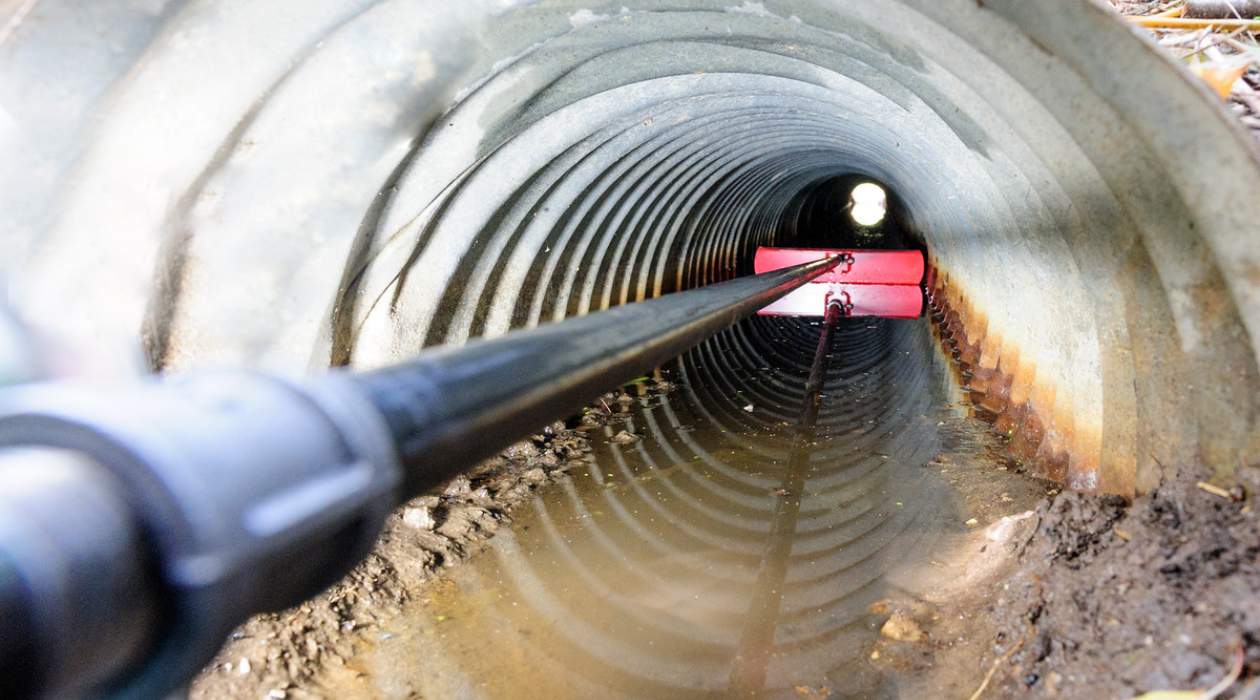
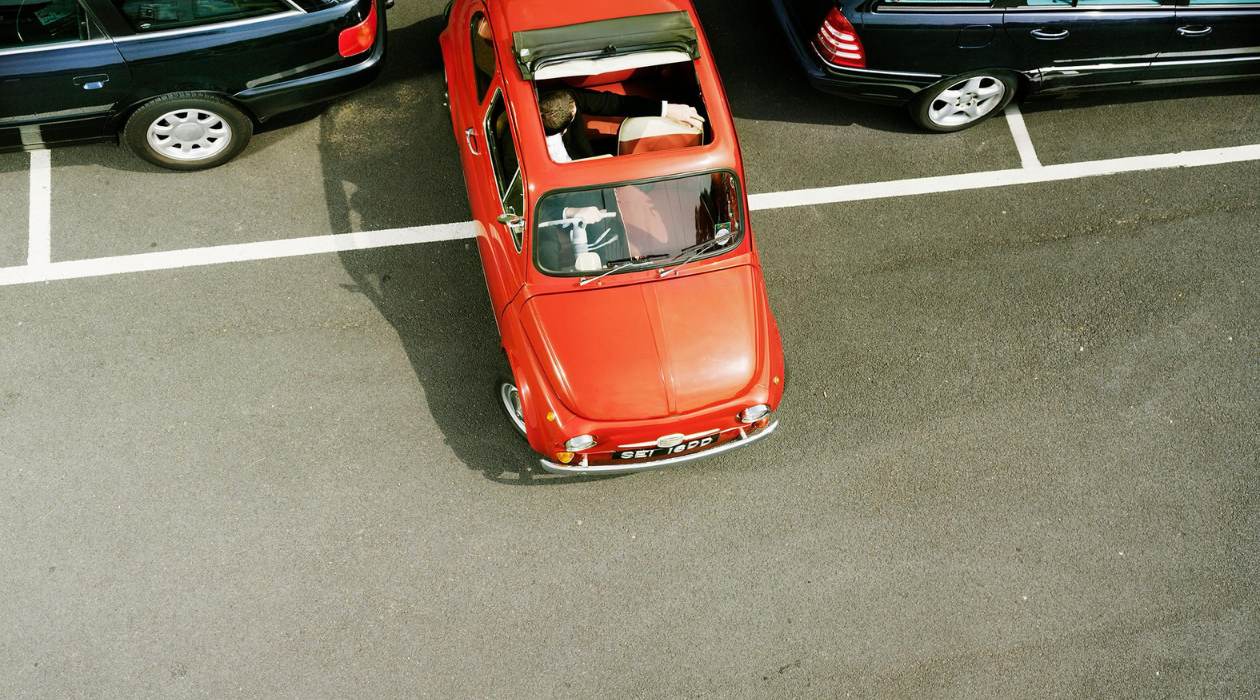
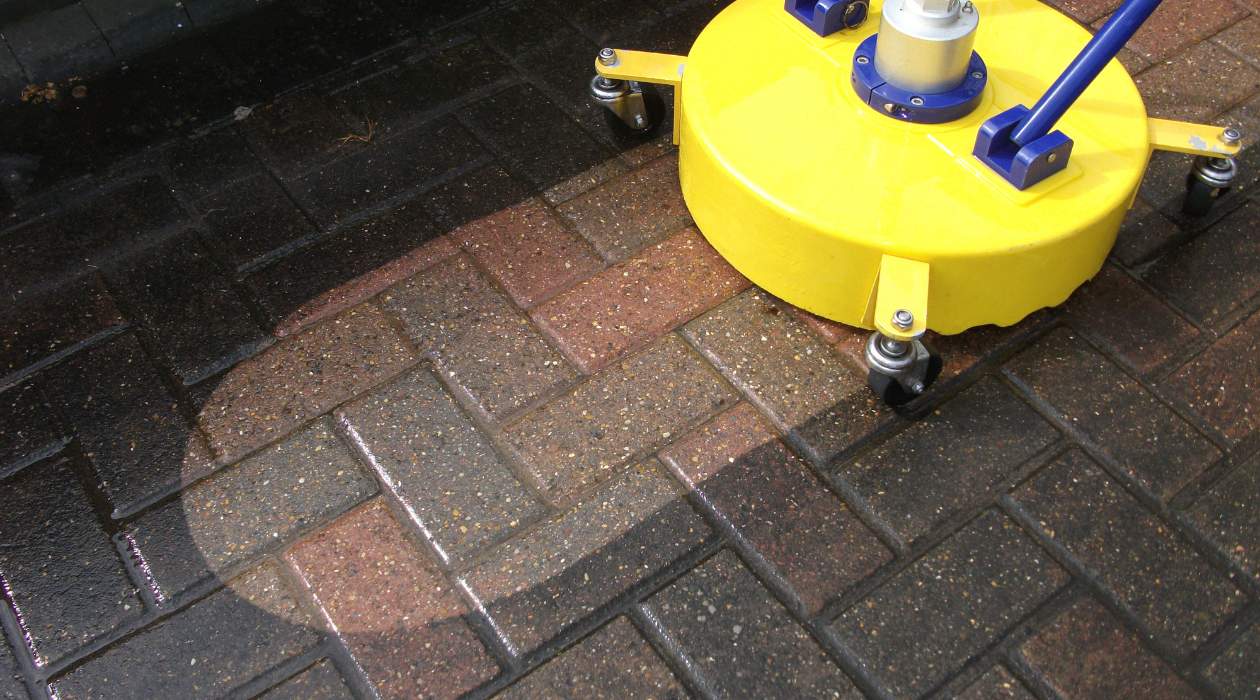
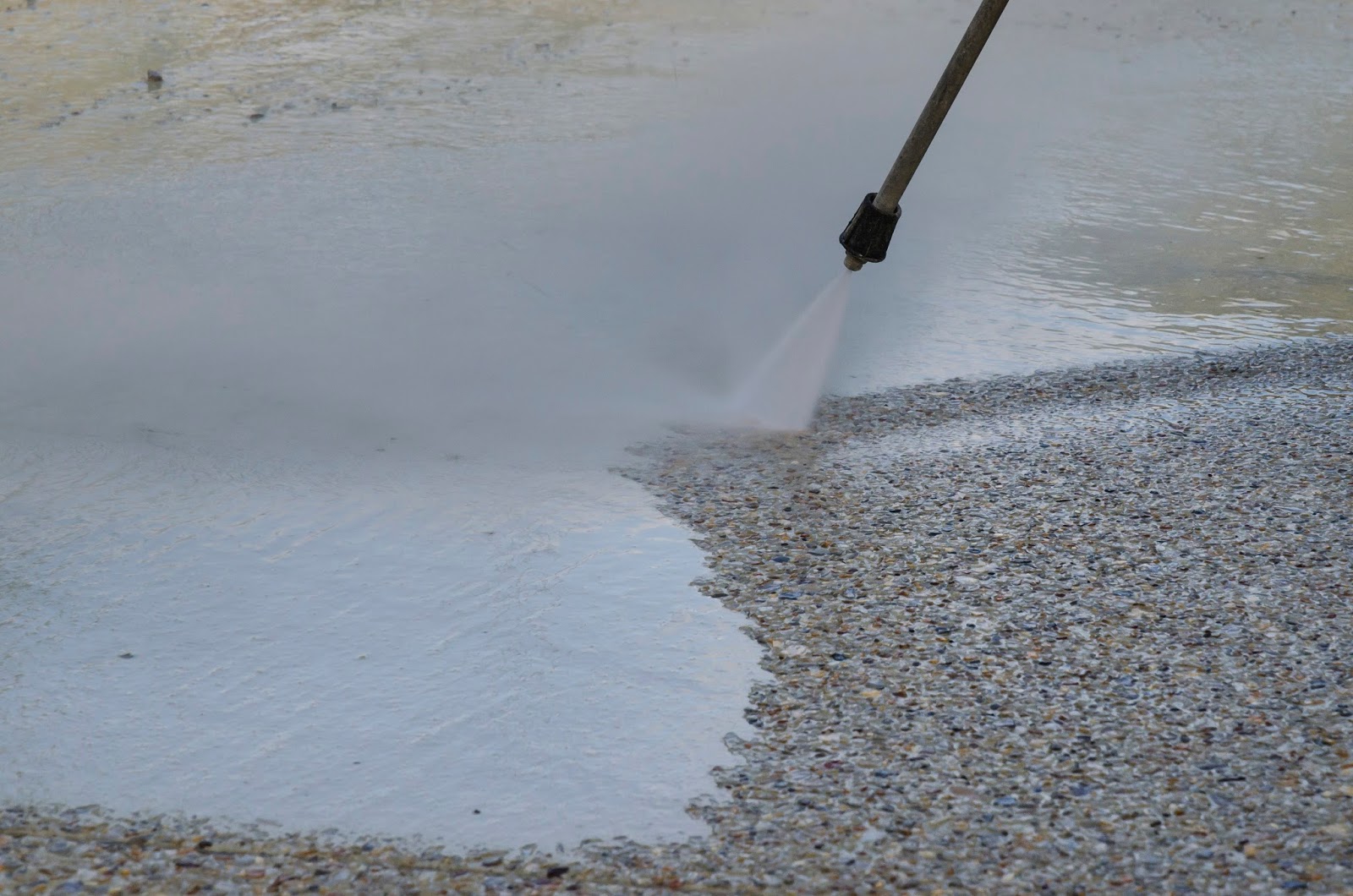
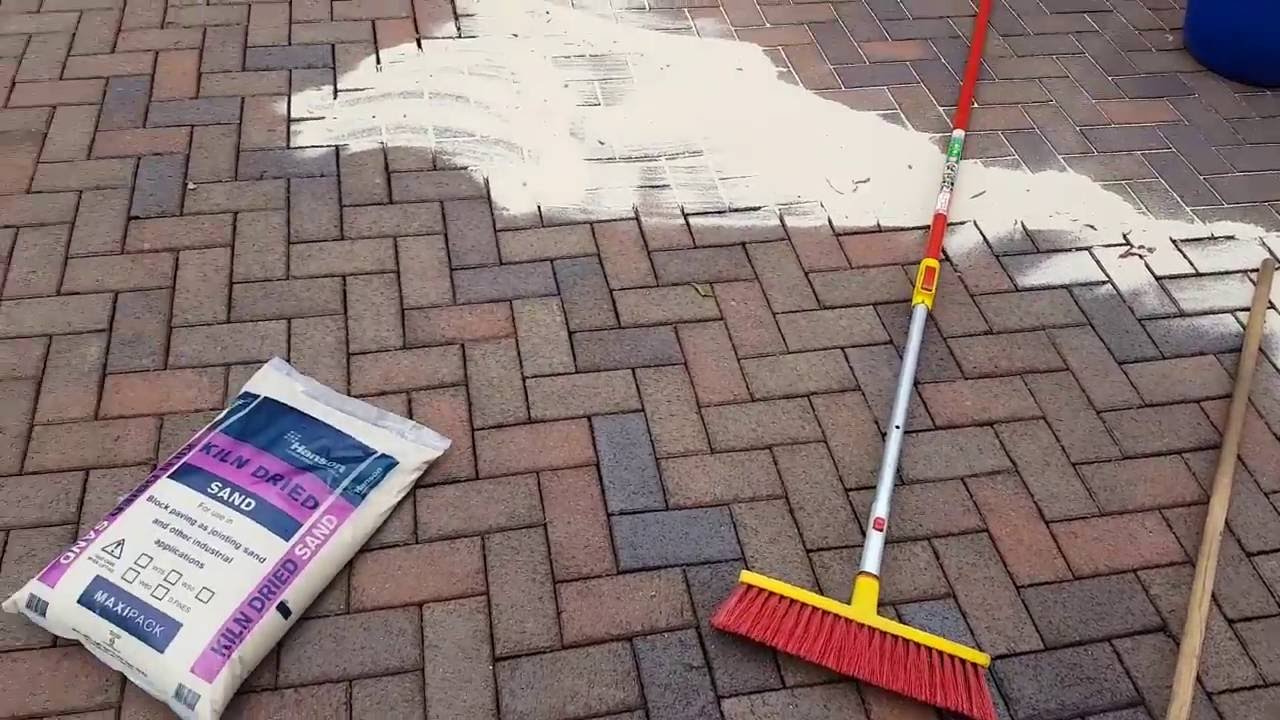
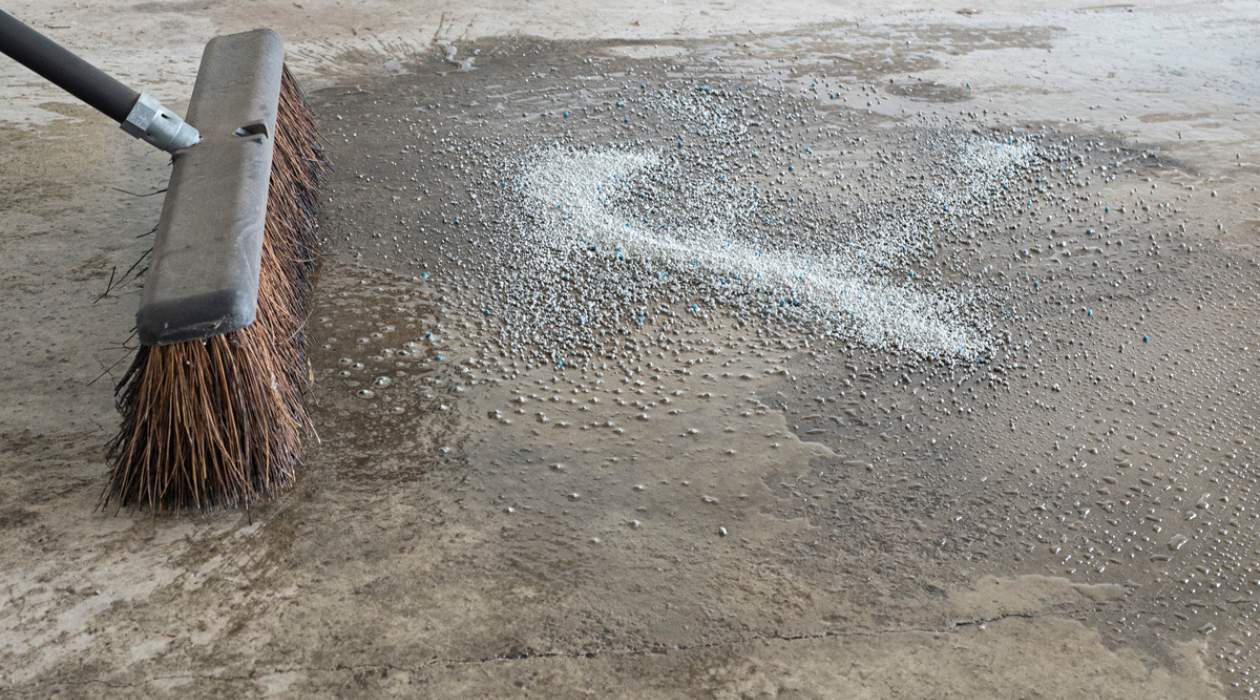
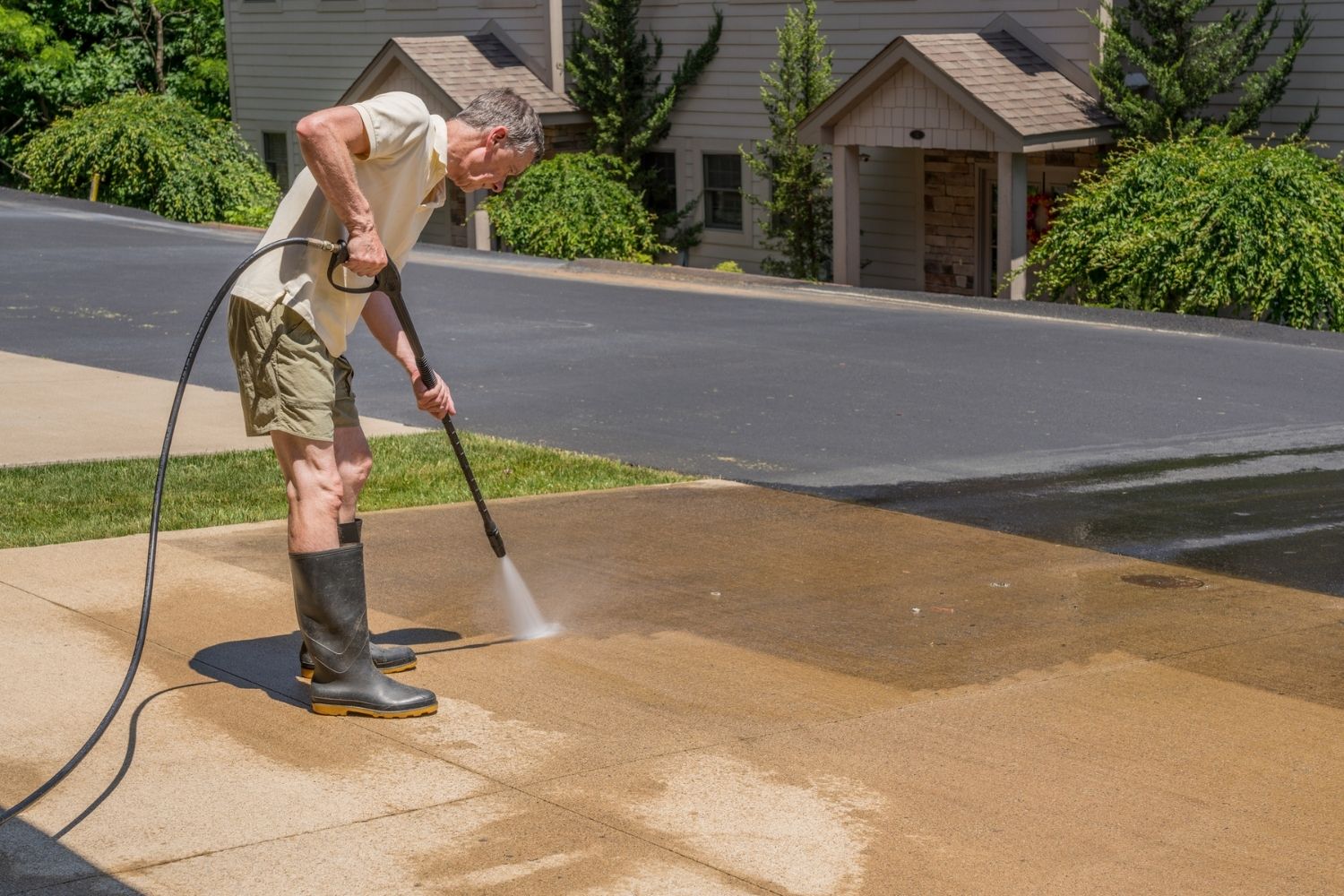
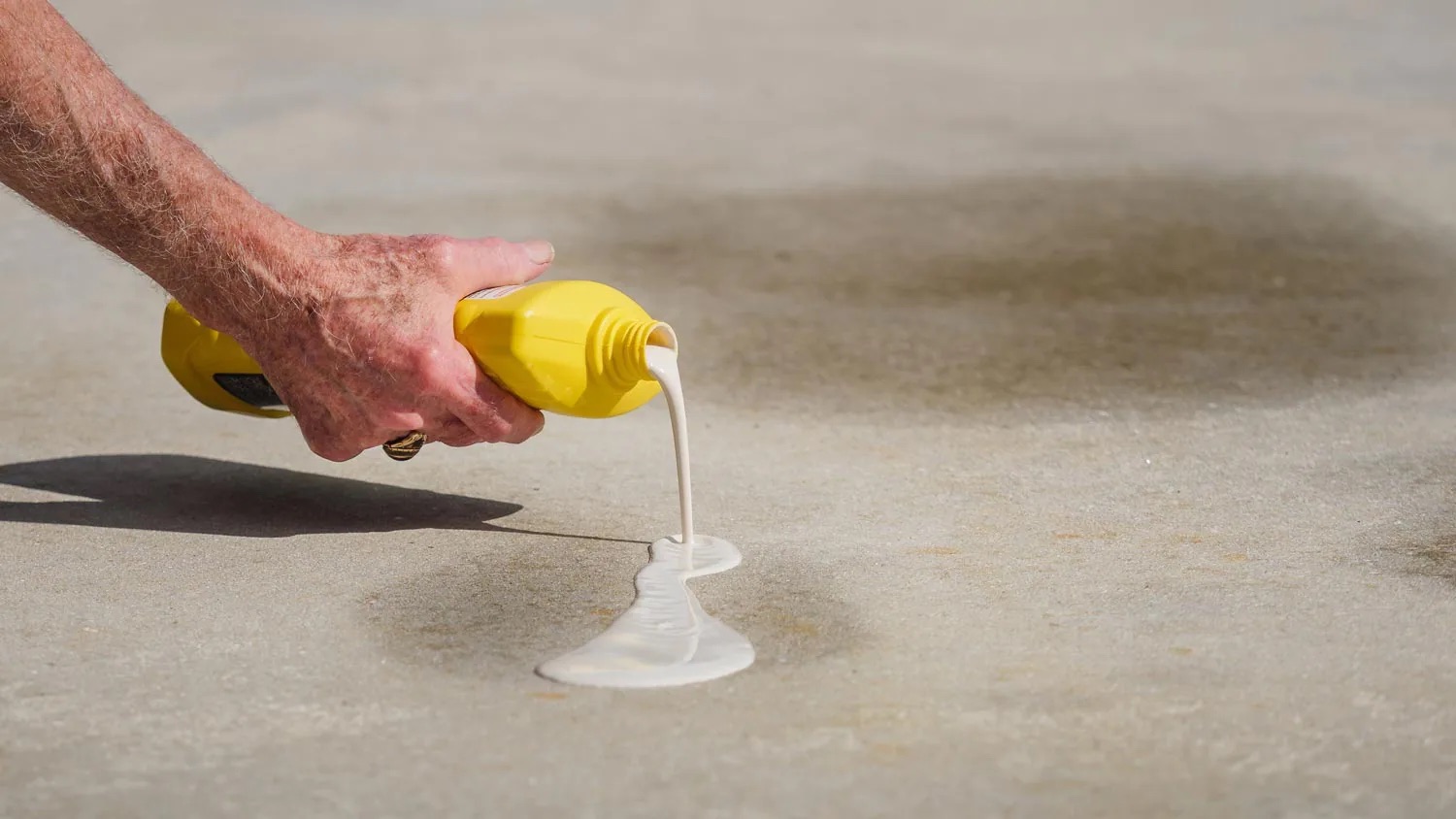
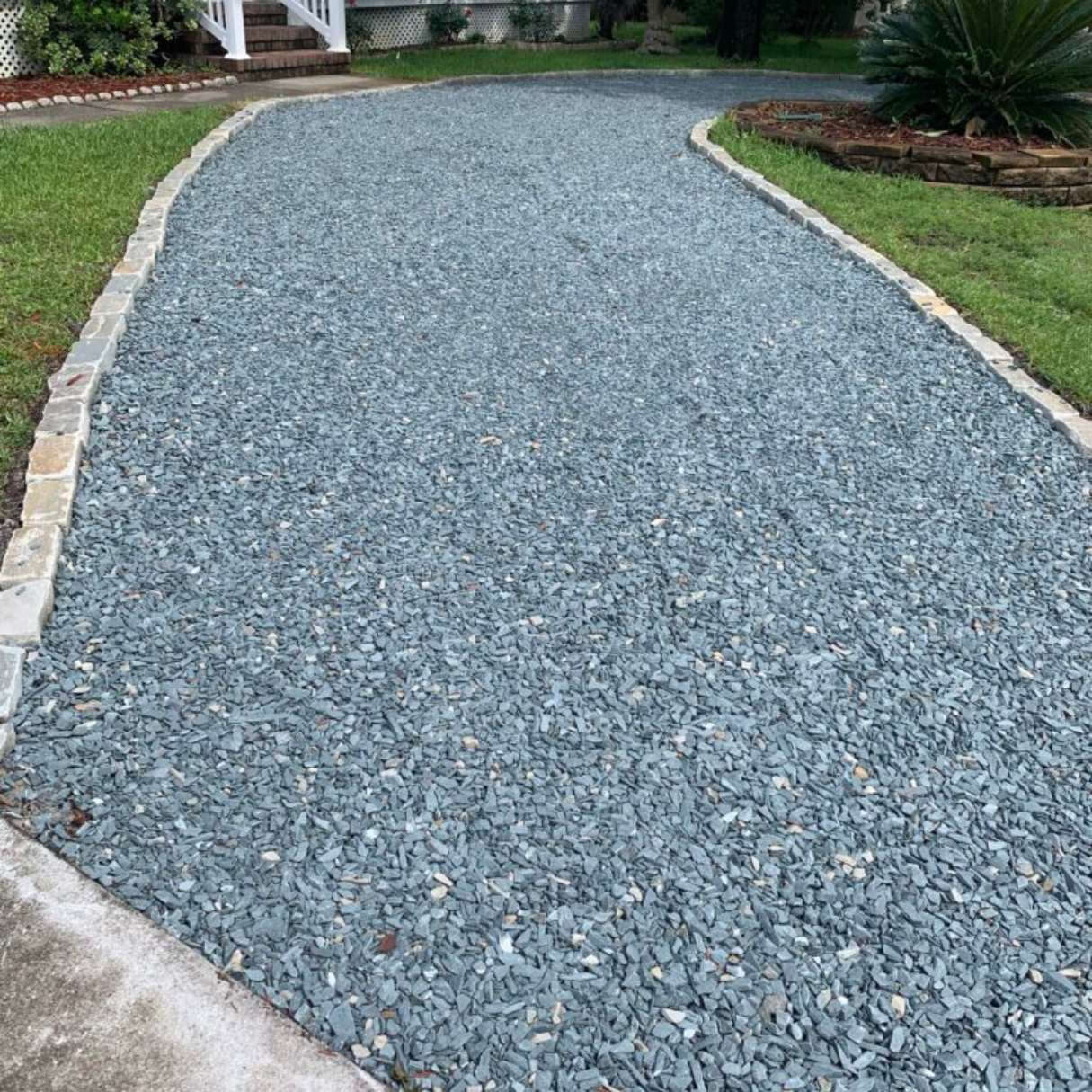
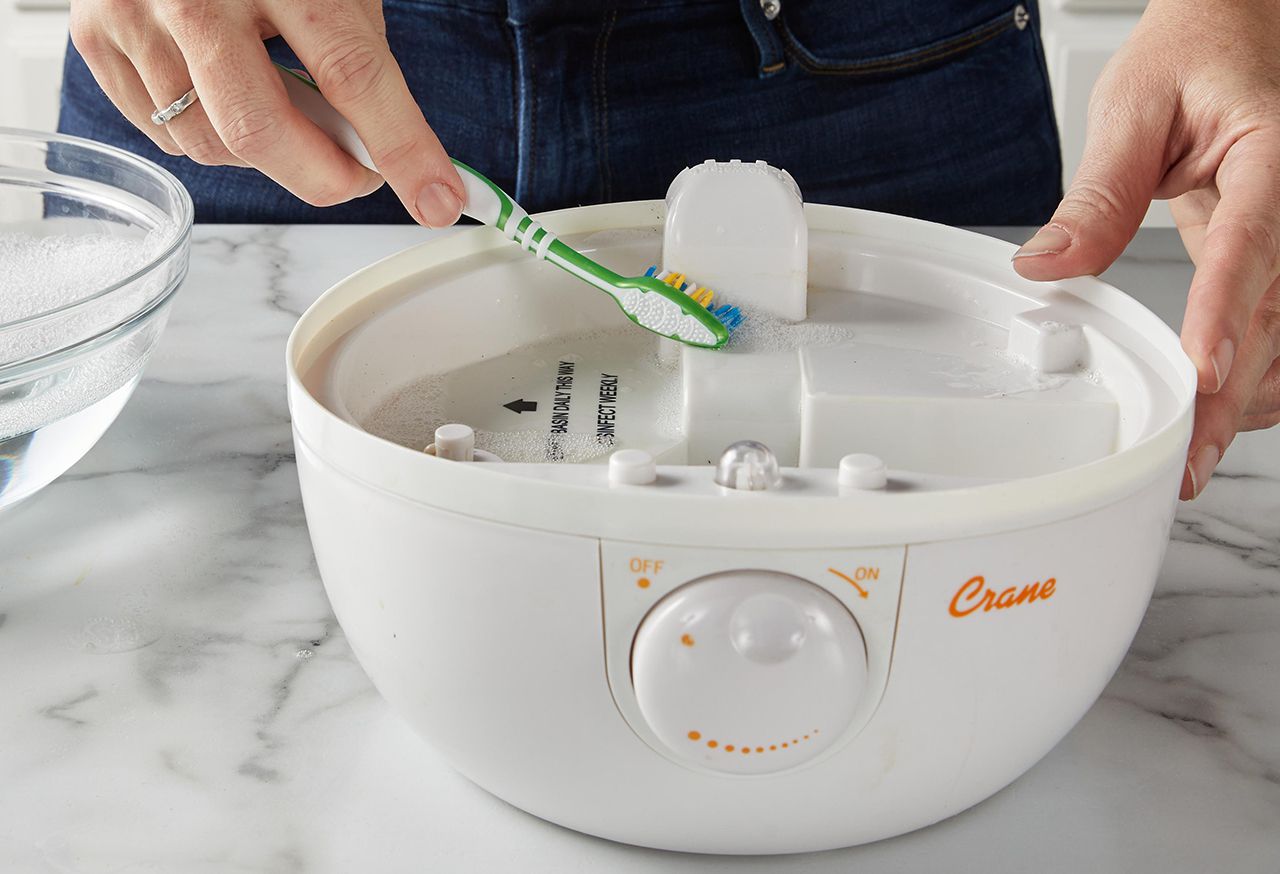
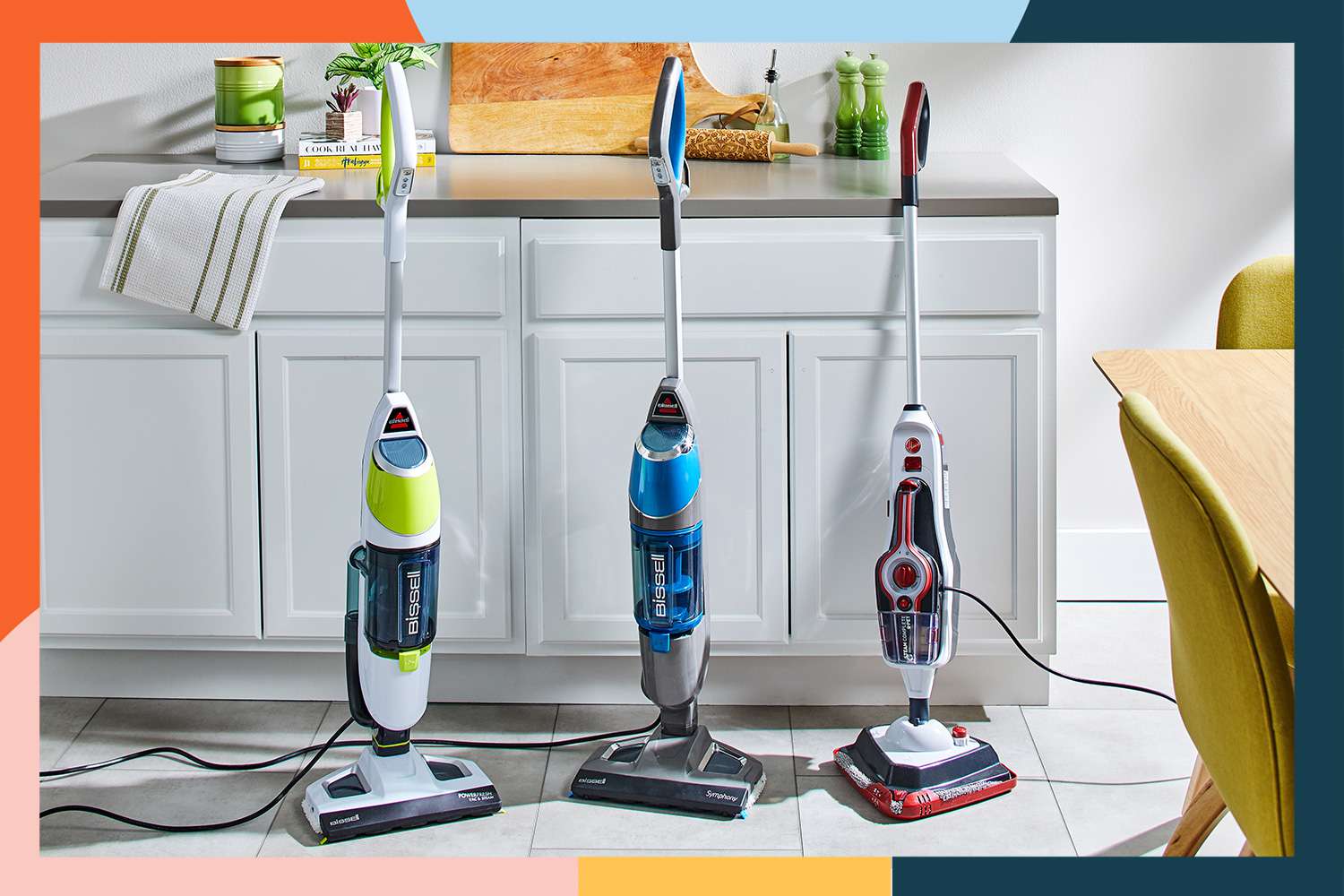
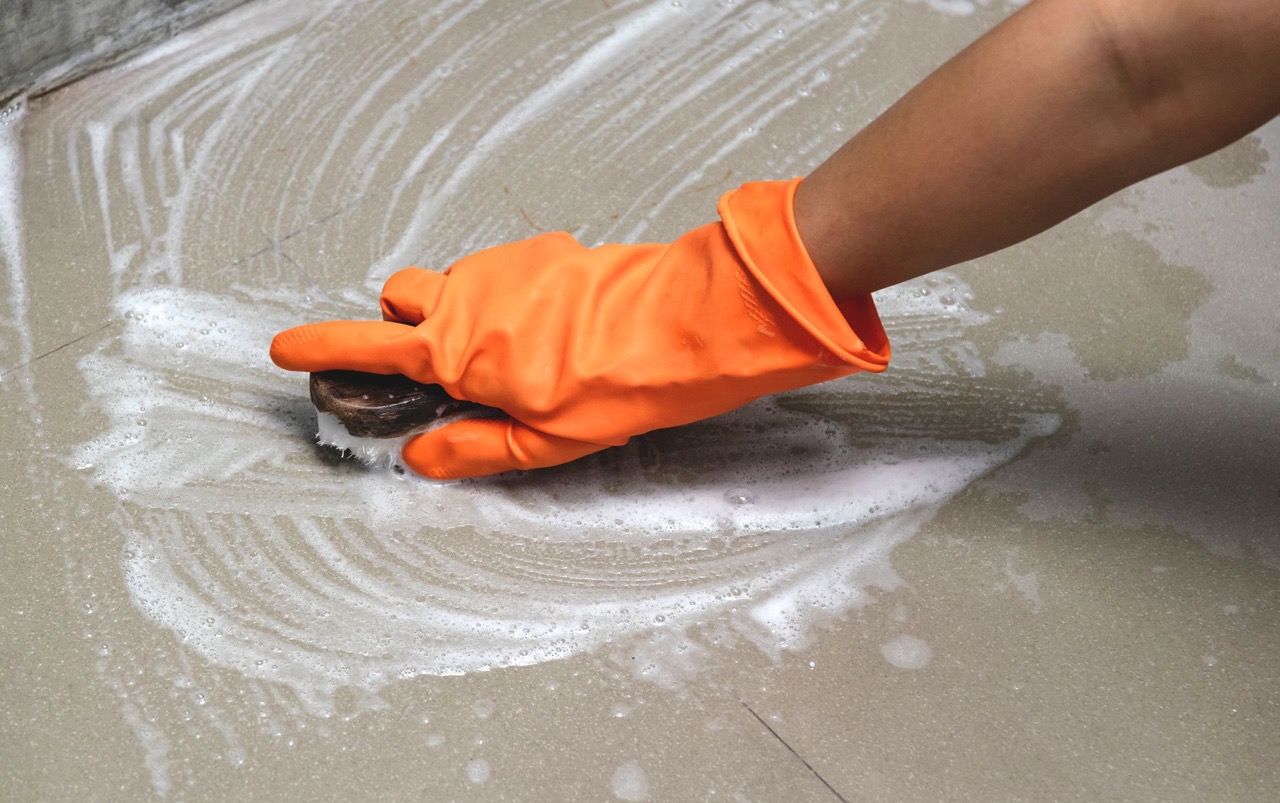
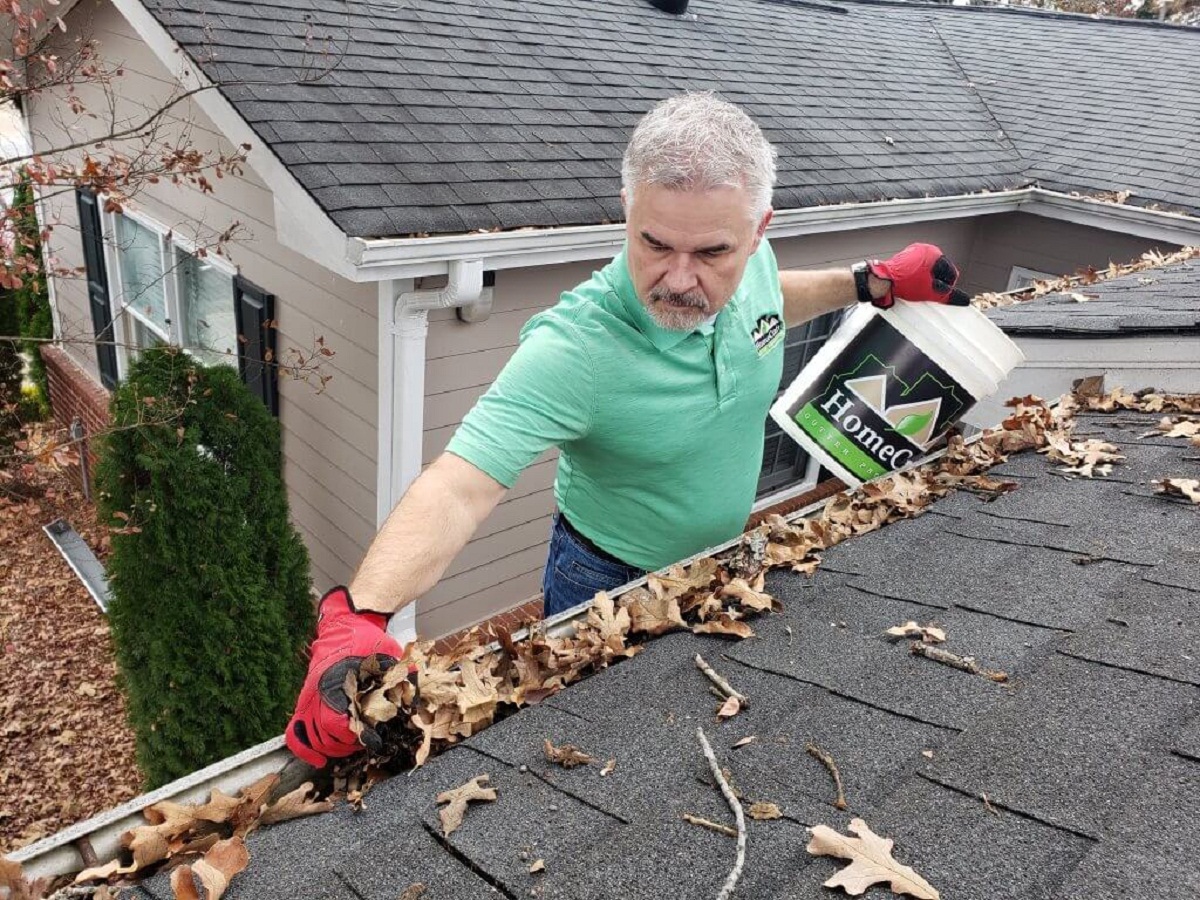


0 thoughts on “How To Clean Out A Driveway Culvert”